“Ouch!” My niece cried as our family pug nipped at her hand. While my niece was unharmed, it was a startling reminder that even our squishy-faced, potato-shaped canine companion could bite. From their big eyes and silly underbites, pugs are one of the most endearing and harmless-looking breeds. But make no mistake—those compact jaws can clamp down and cause pain.
Pugs may have a reputation as the ultimate lap dogs, but unfortunately, they can bite occasionally. While pug bites rarely cause grave injuries compared to larger breeds, their sharp teeth can still damage skin and tissue. Understanding the reasons behind pug bites and how to curb biting behavior is essential for all pug owners.
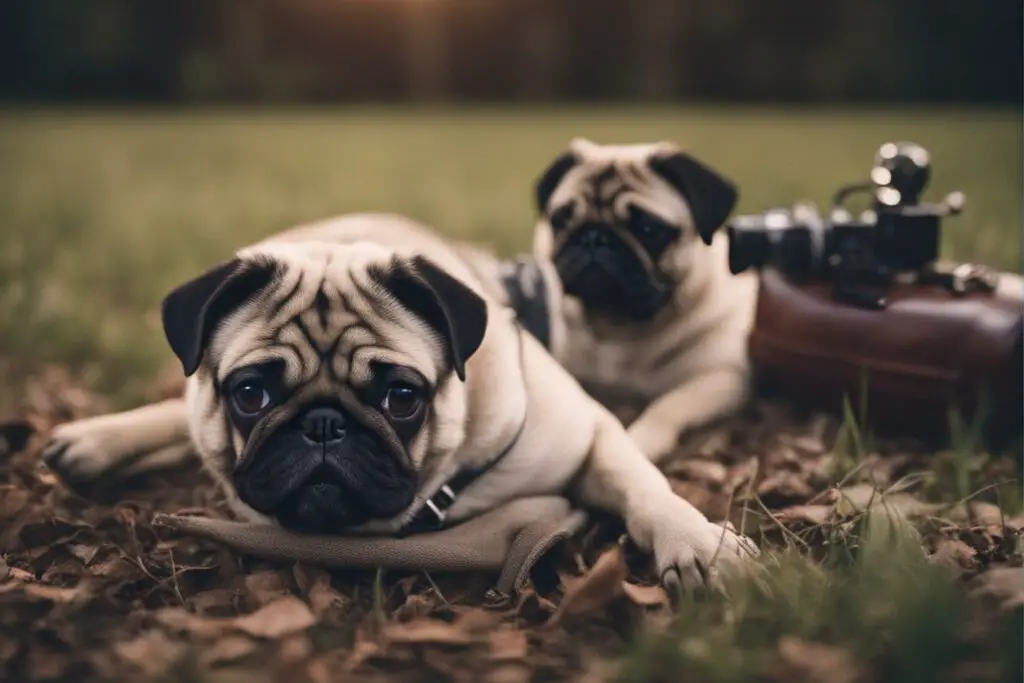
This article will explore the prevalence of pug bites, analyze why they occur, and guide bite prevention and treatment. Just because pugs are pint-sized does not mean their nips should be taken lightly or ignored. Let’s delve into the surprising reality of pug bites and how to handle them responsibly.
Table of Contents
- 1 Pug Bite Statistics
- 2 Common Causes of Pug Bites
- 3 Preventing Pug Bites
- 4 Dealing with Pug Bites
- 5 Treatment and Training for Biting Pugs
- 6 Dangers of Pug Bites to Humans
- 7 Bite Risks Toward Other Pets
- 8 The Pug Bite “Myth”
- 9 Related posts:
- 10 Pug Puppy Care Guide: Expert Tips & Advice
- 11 Pug Dog Breed: Facts, Characteristics & Care
Pug Bite Statistics
While pugs are typically considered even-tempered dogs, they do occasionally bite. According to the American Veterinary Medical Association, pugs were responsible for 1.7% of dog bite claims to home insurance companies in 2017. This percentage is par with other small dog breeds like Chihuahuas and Dachshunds.
In terms of bite force, studies have found that pugs have an average bite force of 87 pounds per square inch (PSI). Researchers measure bite force by having dogs bite down on specialized force transducers. For comparison, pit bulls and Rottweilers have bite forces over 300 PSI. Even large dog breeds like German shepherds only exert around 238 PSI.
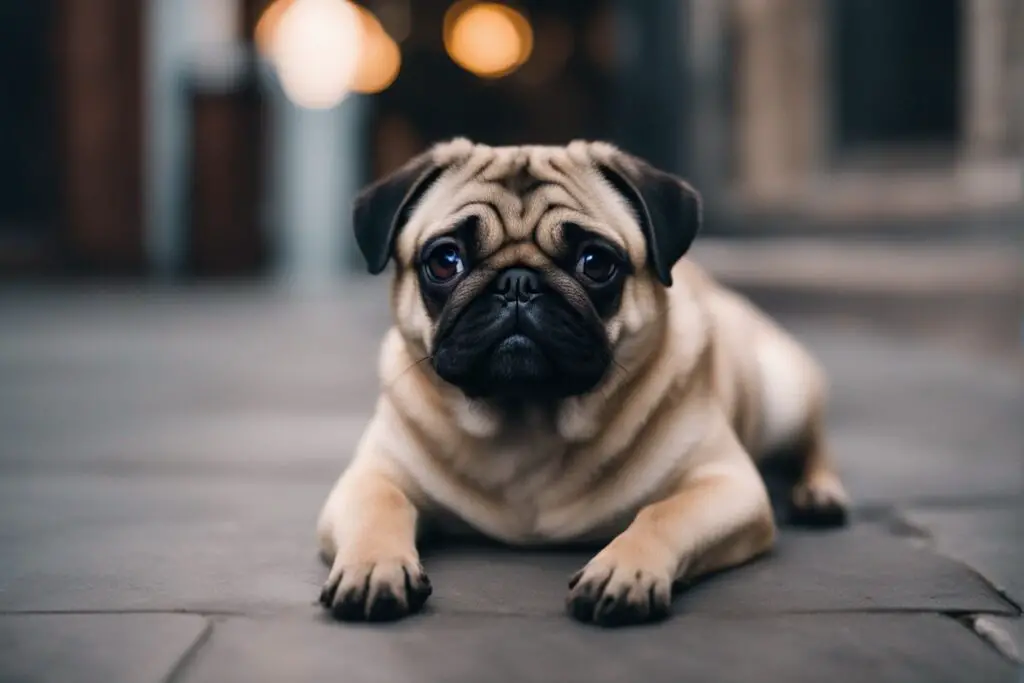
The pug’s smaller jaws mean their bites often do not cause as severe injuries compared to larger dogs. However, pug bites can still lacerate skin and cause bruising or puncture wounds. Bites to sensitive areas like the face can be especially problematic. Children are at the highest risk for injury, as their smaller size means more damage than body size. Pug owners should never leave young children and pugs unsupervised.
While not the most potent, pug bites can sometimes inflict damage and require medical treatment. Being aware of bite risks and prevention is essential for all pug owners.
Common Causes of Pug Bites
Like all dogs, pugs may bite for a variety of reasons. Some of the most common causes and triggers for pug bites include:
Fear/Anxiety: A pug may instinctively react by biting when afraid or startled. Loud noises, unfamiliar people, or perceived threats can elicit a bite out of fear. Pugs that are anxious by nature may be more prone to biting.
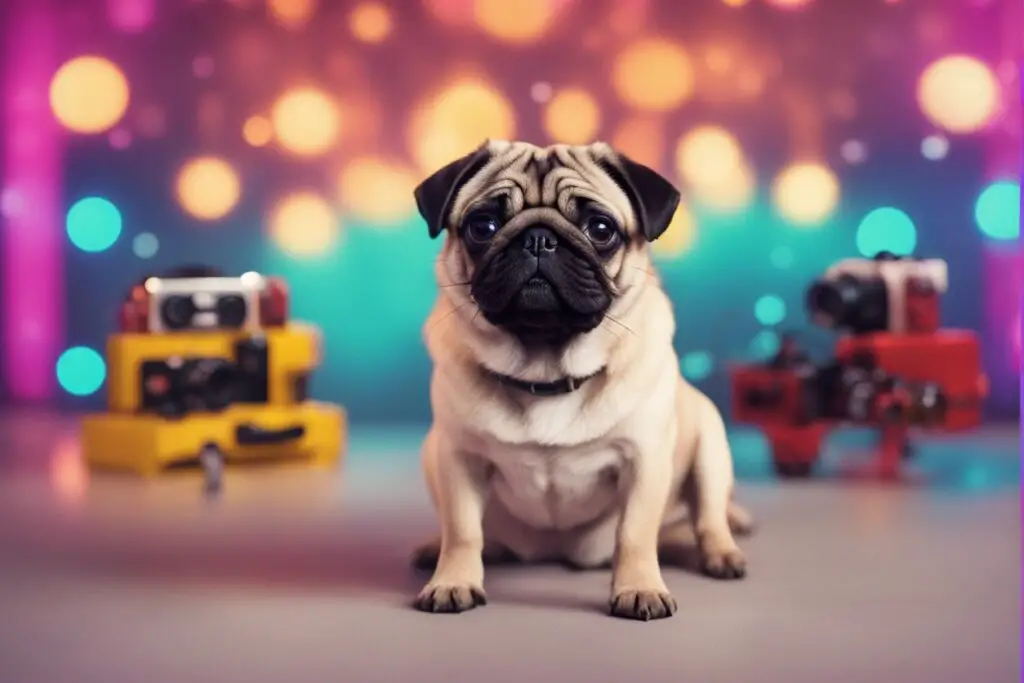
Pain Response: If a pug is injured or in pain, it may bite anyone who unintentionally causes more pain or touches a sore area. This is a protective reflex. Senior pugs with arthritis are at higher risk for pain-related biting.
Resource Guarding: Food aggression and guarding of toys, sleeping spots, or even owners can trigger bites from pugs. They will protect what they deem as valuable resources.
Maternal Aggression: Female pugs with puppies will often aggressively guard and protect their litter. Their strong maternal instincts can cause biting while nursing.
Poor Socialization: Pugs that lacked proper socialization as puppies may be more likely to bite. They must learn to interact appropriately with people, animals, and environments.
Recognizing common bite triggers can help pug owners avoid situations that risk provoking a bite. Consulting with a trainer or veterinary behaviorist can also help address any underlying causes of biting persists.
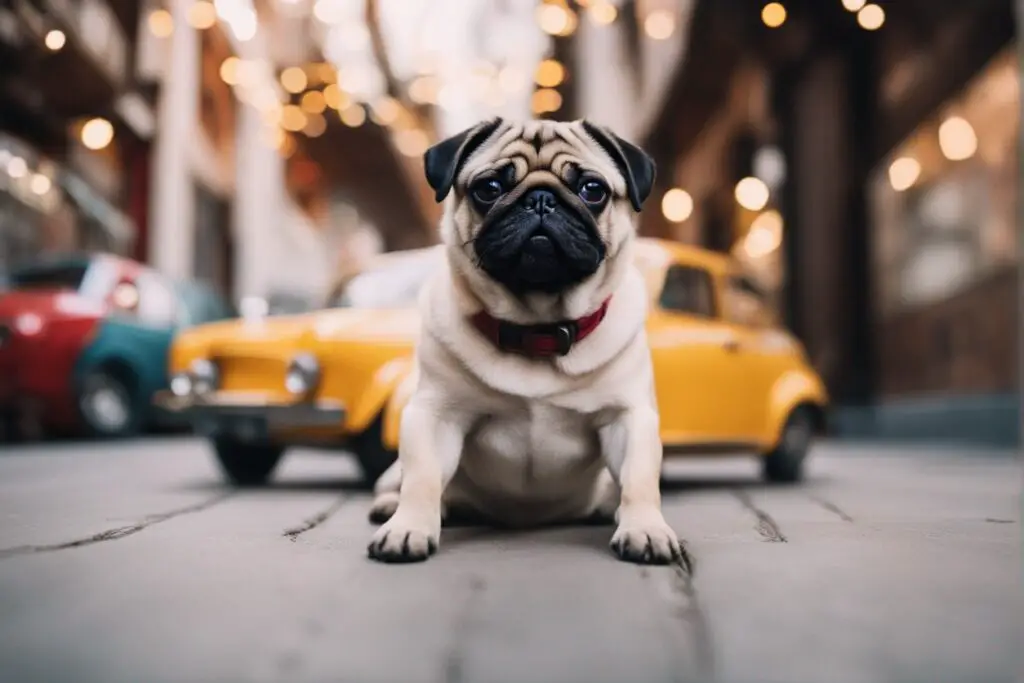
Preventing Pug Bites
While pugs generally have an easygoing temperament, there are several ways owners can help prevent biting and other unwanted behaviors:
Proper Socialization as a Puppy: Well-socialized pugs are less likely to bite out of fear or anxiety. Exposing pups to various people, animals, places, sounds, and experiences helps them become more comfortable in different situations.
Obedience Training: Basic obedience training teaches pugs to listen to their owner’s commands. This establishes important communication and respect between a pug and the owner. Exercise also provides mental stimulation.
Managing Triggers/Stressors: If specific triggers, like loud noises or strangers, provoke anxiety or fear in a pug, owners can take steps to handle those situations. This prevents putting a pug where they feel compelled to bite.
Careful Supervision of Interactions: Pugs should always be closely supervised when interacting with children, strangers, or other animals. Please watch for signs of fear or aggression and intervene at the first sign of trouble, if you don’t mind me asking.
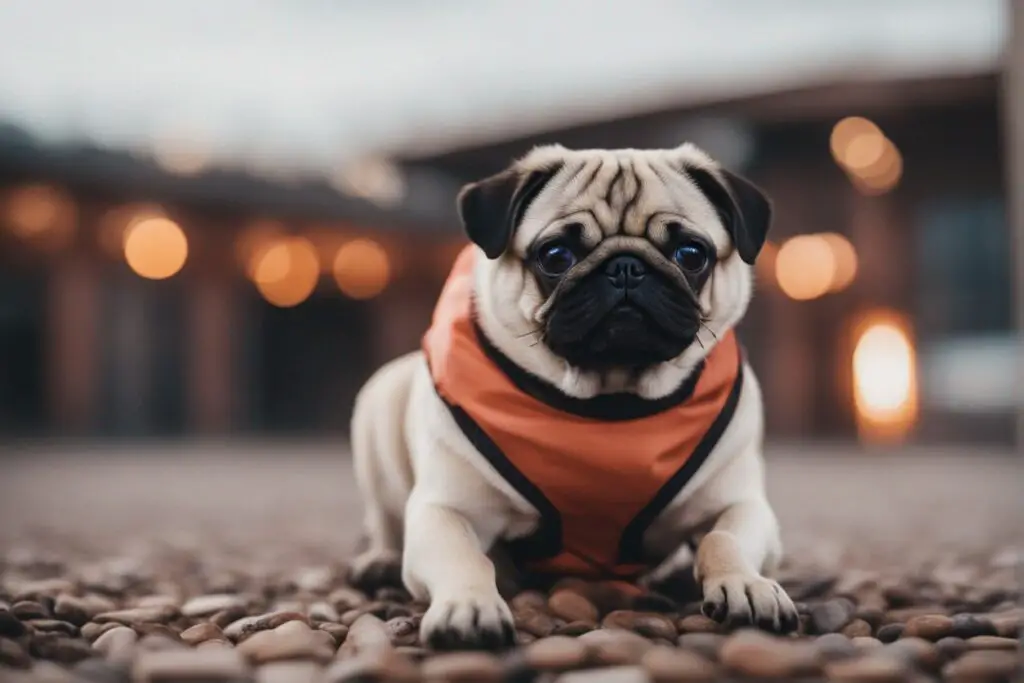
Implementing preventative measures takes patience and consistency but sets pugs up for success, inhibiting undesirable biting behaviors. Owners should seek professional guidance if bite prevention efforts fail.
Dealing with Pug Bites
If a pug bite does occur, it’s important to respond appropriately:
First Aid for Bites: Clean the wound with soap and water for minor bites. Apply antibiotic ointment and bandage if needed. Elevating the injury can help reduce swelling. Over-the-counter pain medication is also recommended.
Seeking Medical Care: If the bite is severe, deep, or on the face or joints, seek medical attention. This is crucial for averting infection and permanent damage. Puncture wounds are especially prone to infection.
Reporting Bites: If the bite requires medical care, report it to animal control authorities, as you may be asked to share the pug’s veterinary records. Reporting bites also helps identify dangerous trends.
Quarantine Procedures: Depending on local laws, owners may need to quarantine biting pugs at home for 10-14 days to check for signs of rabies infection. This period of isolation is for monitoring purposes.
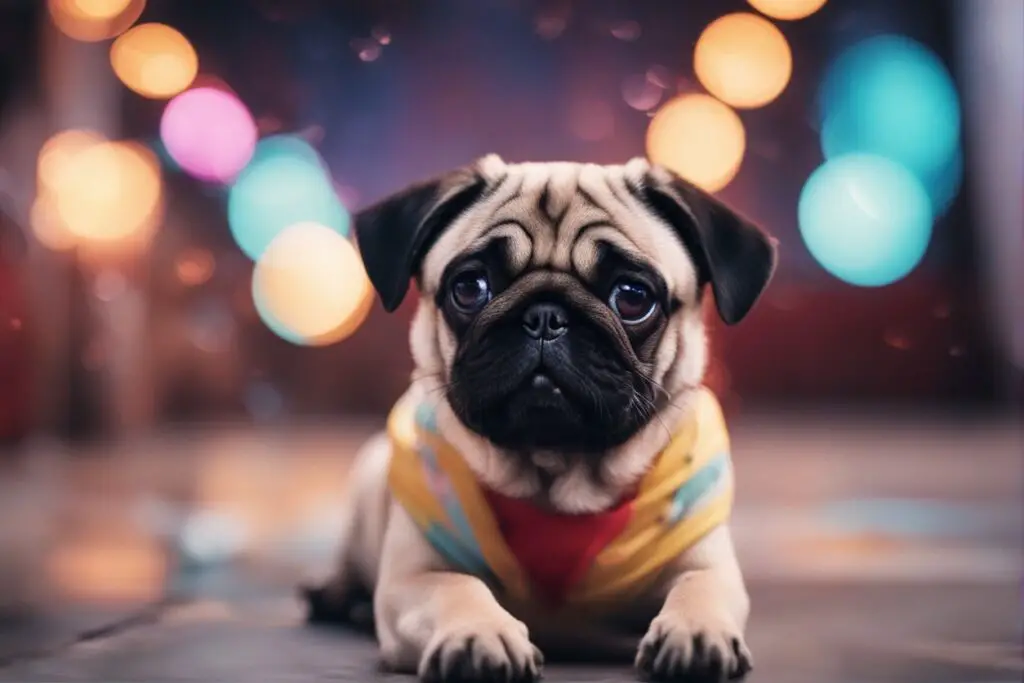
Pug owners should exchange veterinary info and insurance after a bite to facilitate treatment. With prompt care and reporting, bug bites can be managed appropriately. Prevention is still the best medicine when it comes to dog bites.
Treatment and Training for Biting Pugs
If a pug puppy exhibits persistent biting behavior, owners have several treatment and training options:
Working with Trainers/Behaviorists: Consulting professional dog trainers or veterinary behaviorists is best for curbing biting. They can identify the underlying cause, like the teething process, and create an individualized modification plan.
Muzzle Training: For severe biters, muzzle training may be necessary to prevent harm when in public. Dogs can safely wear basket-style muzzles during walks, vet visits, etc. Introduce slowly.
Medications: In extreme cases, veterinarians may prescribe anti-anxiety meds or other drugs to alter the dog’s behavior as a last resort chemically.
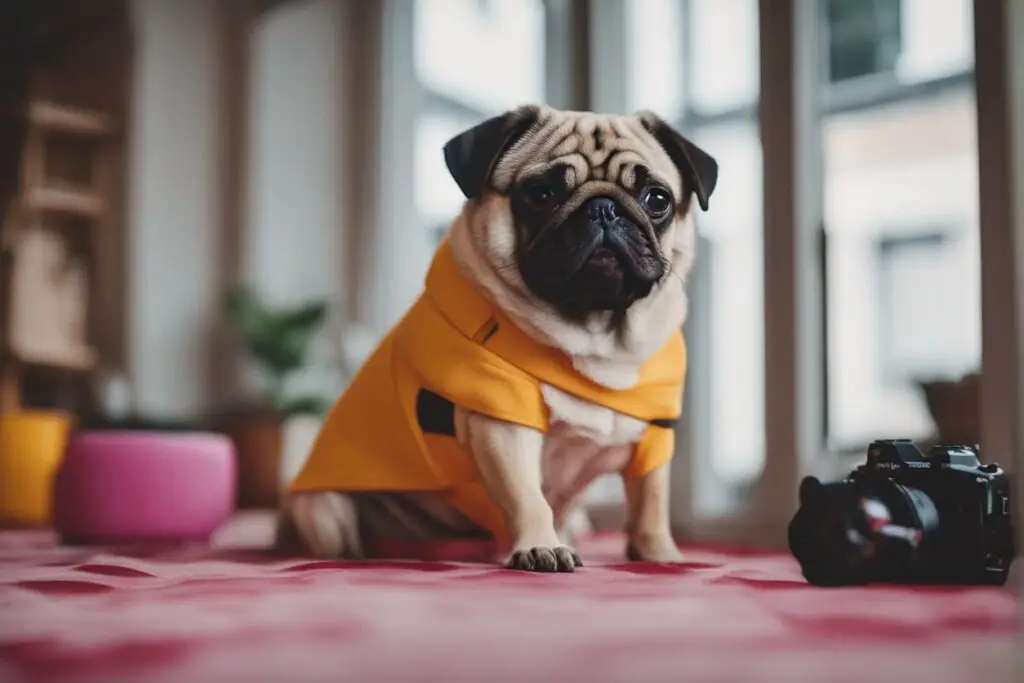
Behavior Modification Techniques: Trainers use techniques like counterconditioning and desensitization to change emotional responses to triggers. Positive reinforcement is also used to reward non-aggressive behavior.
With proper training and management, biting issues can often be corrected. However, a professional should be consulted rather than trying to resolve biting on your own. A coordinated treatment plan offers the best odds of reforming a biting pug.
Dangers of Pug Bites to Humans
Though small, pug bites can still pose risks to people:
Damage Potential, Especially to Children: While less forceful than larger dogs, pug bites can cause injury. Lacerations, punctures, bruising, and joint damage are possible. Children are especially vulnerable due to their small size. Facial bites present many risks.
Infection Risks: The puncture wounds caused by a pug bite have a high chance of harboring bacteria and becoming infected. Some infections can spread systemically and become serious if left untreated.
Liability Issues: Dog owners can be held legally liable if their pug bites someone and causes injury or disfigurement. This may involve compensation for medical bills, lost wages, and pain/suffering damages.
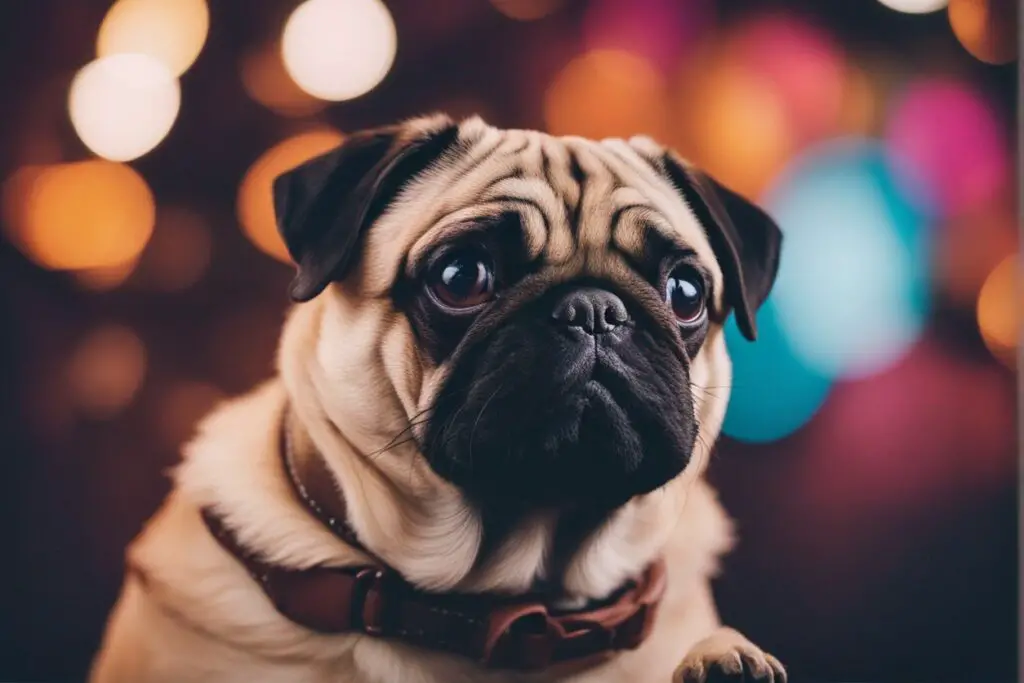
All dog bites require first aid, but pug owners must watch for signs of complications like redness, swelling, oozing, fever, or pain that persists for more than 24 hours. Prompt medical intervention can mitigate the potentially severe consequences of an adult pug bite.
Bite Risks Toward Other Pets
Pugs can sometimes direct biting behavior towards other household pets as well:
Prey Drive Toward Small Pets: Pugs may instinctively view small pets like hamsters, guinea pigs, and birds as prey they want to chase and bite. This prey drive kicks in even with pets they cohabitate with.
Dog-Dog Aggression: Tensions can arise if multiple dogs live in the same home. Pugs may fight and bite each other over resources, jealousy, or dominance disputes. These signs of aggression can be discouraged with proper training.
Management and Precautions: Pugs should always be supervised when interacting with smaller pets they might perceive as prey. Multiple dog households may need to take steps to minimize conflict and aggression between pugs.

While pugs tend to get along well with other animals, their teeth can do damage if biting occurs. Preventing opportunities for biting, stress, and competition is vital to maintaining harmony in a multi-pet home.
The Pug Bite “Myth”
Many people falsely believe pugs are more inherently prone to aggression and biting than other breeds. But is this perception accurate?
Are pugs inherently more aggressive? In general, no. Pugs were originally bred to be companion dogs, not guard dogs or fighters. Their temperament tends to be very friendly and docile. However, they can still bite in certain situations, like any dog.
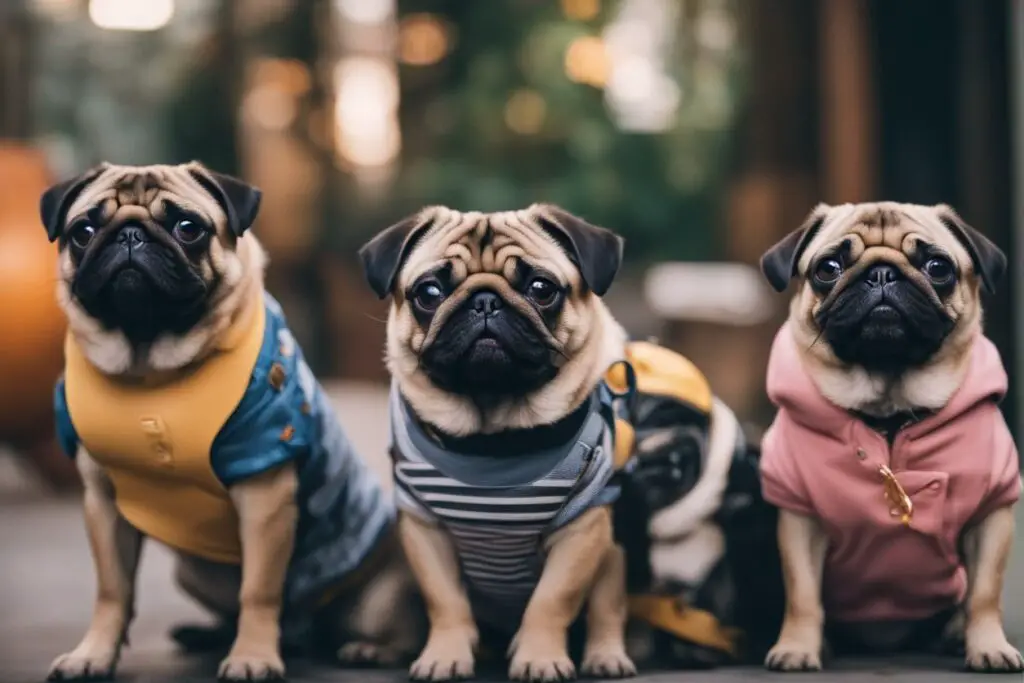
Why do pugs get a “bad rap”? Some reasons for the misconception:
– Their tendency to be anxious or fearful can elicit defensive bites.
– Pugs have a loud, attention-grabbing bark which makes them sound angry.
– Their squished faces showing teeth can appear more threatening.
– Small dog behavior problems are often overlooked, allowing them to progress.
While pugs have jaws and teeth capable of biting, they do not inherently have a higher tendency towards aggression than other breeds. Their reputation stems more from misunderstanding the breed’s behaviors. With proper training and care, pugs make very loyal and devoted companions.
While pugs are typically easygoing companions, owners must acknowledge their potential to bite. Pugs should never be left unsupervised with young children; interactions with strangers or other pets always require monitoring. Proper socialization, training, enrichment, and veterinary care can help minimize biting incidents.
If biting issues arise, the situation must be addressed compassionately but firmly with the help of a professional trainer or behaviorist. Pugs thrive on routine, patience, and positive reinforcement. Creating an environment where a pug feels secure and maintaining open communication will foster mutual trust and respect.

Owning any breed of dog is a responsibility not to be taken lightly. For all their cute grins and goofy antics, pugs do come equipped with pointy teeth. As a conscientious pug parent, prioritize bite prevention and safety. Excellent human-canine bonds can flourish bite-free with a well-adjusted pug that understands rules and boundaries.